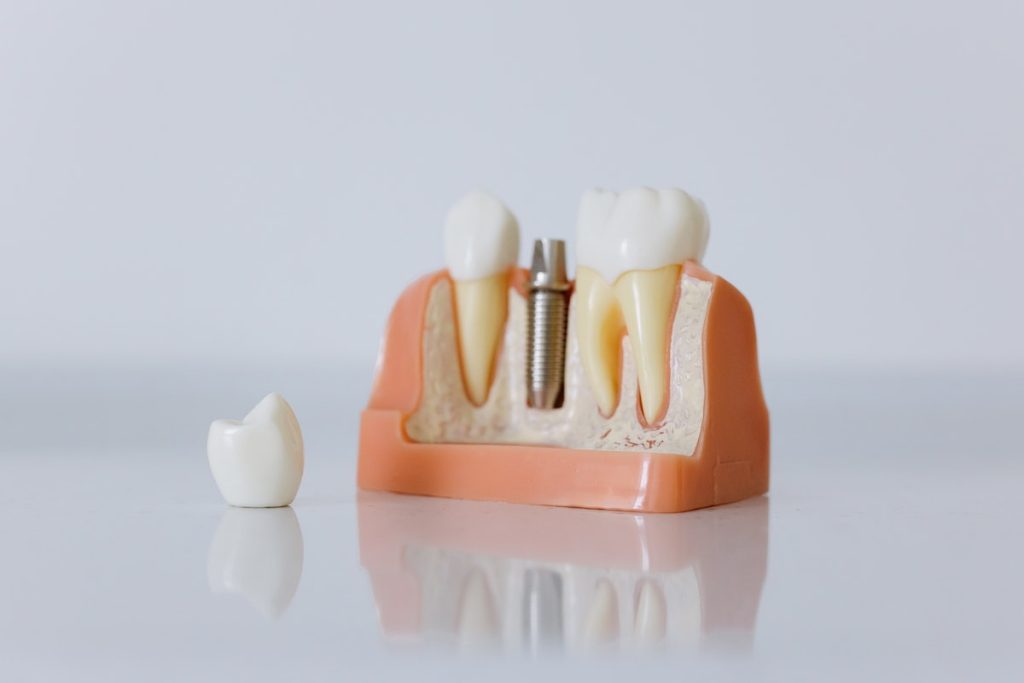Most people are familiar, at least in principle, with the concept of having a root canal fitted. While some may assume that this procedure is incredibly uncomfortable or potentially worsens the underlying dental abscess that it is designed to treat, this is not the case. In fact, root canals have been used in dental practices for over 100 years and during that time, they have saved thousands if not millions of smiles, while also helping to restore teeth that would have otherwise been lost.
But when somebody is told that they require a root canal to save a tooth that has been damaged either through injury or abscess, few people are willing to undertake this procedure due to the misconceptions that surround this option. But in this article, you will be introduced by a dentist Ryde to the root canal process to help you see how remarkable it actually is.
Why would a root canal be needed?
As mentioned briefly earlier, a root canal would be needed if you have recently had a dental abscess or if your tooth has been split into 2 and the root was exposed. Most people assume that if you have an oral abscess the tooth has to be fully removed, but this is only the case if the tooth itself is severely decayed beyond repair. As dental teams will always aim to restore teeth, root canals are the preferred option for those who have abscesses.
The fitting
The fitting of a root canal is not overly different from the fitting of a filling.
Your dental team will numb the area beforehand and will begin drilling into your tooth except, rather than removing the decay, they will be drilling towards the root. Once they have access, they will begin using a set of specialised tools to remove the infected material from around the pulp. This process is very fiddly and can take up to an hour. Once all of the infected debris has been removed, they will begin filling this area with a substance called gutta-percha, which will be used to fill the surrounding areas and the hole that the dental team has drilled to access the pulp.
Once filled, the tooth will be topped with either a crown or a filling.

Aftercare
For the next few days after the fitting of the root canal, you may experience a sensation similar to bruising. This is not unusual and should go away by itself, but provided you maintain your dental hygiene, the aftercare will not be tricky. Just remember to stock up on over-the-counter pain relief!
Longevity
Provided that you maintain good oral hygiene, a root canal can easily last for the rest of your life without problem. But if you suspect that there is an issue with the root canal, seek help from your dental team.
If you have had a root canal fitted and are now experiencing discomfort in the area which is worsening, or you feel nauseated or have a fever, you should seek same-day emergency dental care as the abscess may be reforming.
DISCLAIMER
Any surgical or invasive procedure carries risks. Before proceeding you should seek a second opinion from an appropriately qualified health practitioner.
